When Randall Sims is not working in the business, he volunteers with wolves. Body language around wolves is everything.
People who have studied under my system know how much I emphasize PICTURES over DIALOGUE when trying to communicate an interesting story or performance. Outside of cinephile nerds like me, who watch movies literally hundreds of times to study and understand the genius and mastery of filmmaking, most people very rarely recall dialogue from a movie or TV show they loved. It’s almost ALWAYS IMAGES and PICTURES. “Titanic”, “Rocky”, “Billy Eliot”, “Moonlight” all created iconic and legendary images that have transcended time, culture and language. But how? How did those images stick with us more than images from other films? Sometimes it’s just a breathtaking shot like the Manhattan skyline in black and white 70 MM in Woody Allen’s classic, “Manhattan”. But most films and actors don’t have the world’s most famous city as their backdrop. So how did the images in say “Billy Eliot” stand out? Well, images, pictures and moments that stand out tend to be of the asymmetrical nature. By that I mean the objects in the shot are not symmetrically organized. They’re just a little askew. A little organized chaos if you will. As a species, according to many biologists and anthropologists, what made life on this planet successful in the evolutionary process was its addiction to symmetry. That’s why most mammals have two eyes located somewhat symmetrically on most faces, for instance. Symmetry allowed us to survive. Without it the variations in developing species would’ve made individual specie survival practically impossible. In essence, homogeny helps a species survive and thrive. Now, humans and certain other mammals do have specific and unique variations. Redheads for instance possess a unique human trait that visually set them apart from other humans. But most variation is superficial and easily manipulated. So why would asymmetrically organized PICTURES and IMAGES become more memorable and iconic? Again, those same scientists speculate that while symmetry strengthens a species survivability, asymmetry is visually and cerebrally engaging and fascinating. In essence we’re drawn to things that look out of place or slightly off. From an anthropological and thus human reaction standpoint people who present themselves with asymmetrical posture seem more confident, more interesting, mavericks. We all wish we could grow our hair long and write poetry as Europe burns but most of us don’t want that kind of drama in our real lives. So we watch people “Create” a fake “Real” world for us to enjoy and to grab our attention and to let us know “We’re the Hero and we got this…” To do that they use loads of asymmetrical posture and they thus create compelling IMAGES and PICTURES for us to recall and relive as we share our common enjoyment of an IMPORTANT FILM or TV SHOW with our communities. So for you, the actor, the challenge is to always be creating interesting and memorable PICTURES and BLOCKING (Called Korography in my system) to keep your audience engaged and wanting more. Commercial auditions fall under this axiom as well. Trust me in my over 500 callbacks and 100,000 directed auditions the actors who stood out and ultimately got the gig used profuse amounts of asymmetrical posture to create interesting PICTURES and PERFORMANCES to grab the client by the heart or with humor to TAKE the gig that was RIGHTFULLY THEIRS. That’s the attitude they all conveyed with hat posture. Try it out in your next audition. I promise you will make an impression.
Randall "The Wolf" Sims is an Actor & Casting Session Runner. He regularly teaches Wednesday Workouts at Keep It Real Acting Studios, as well as his new class The Fundamentals Of Visual Storytelling. Email randallsims@me.com for more details. When he is not working, Randall enjoys his time volunteering with wolves.

